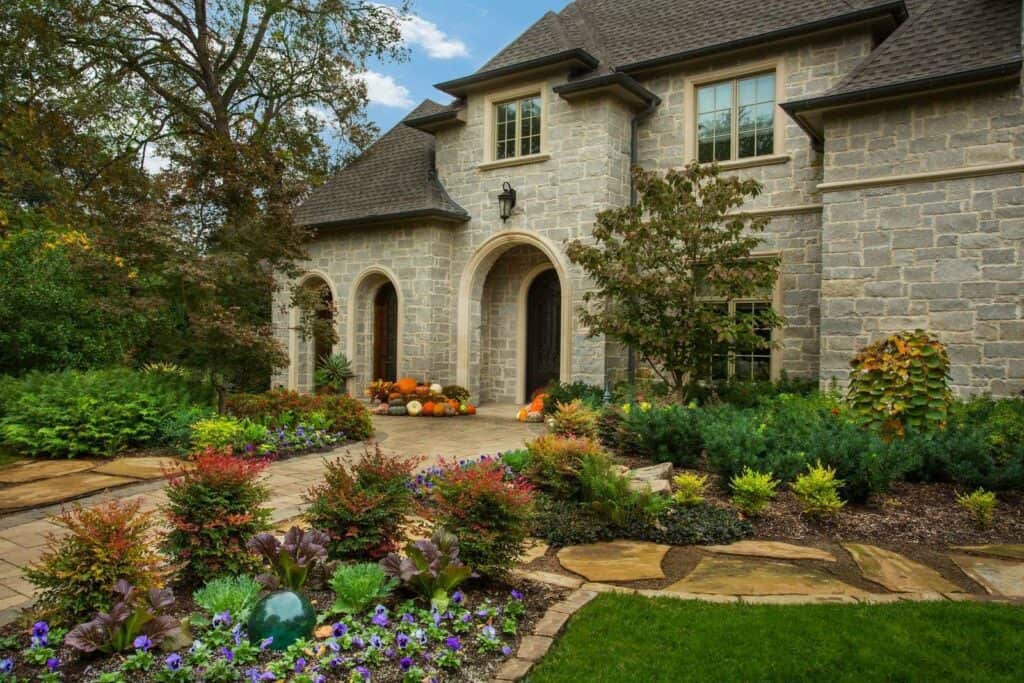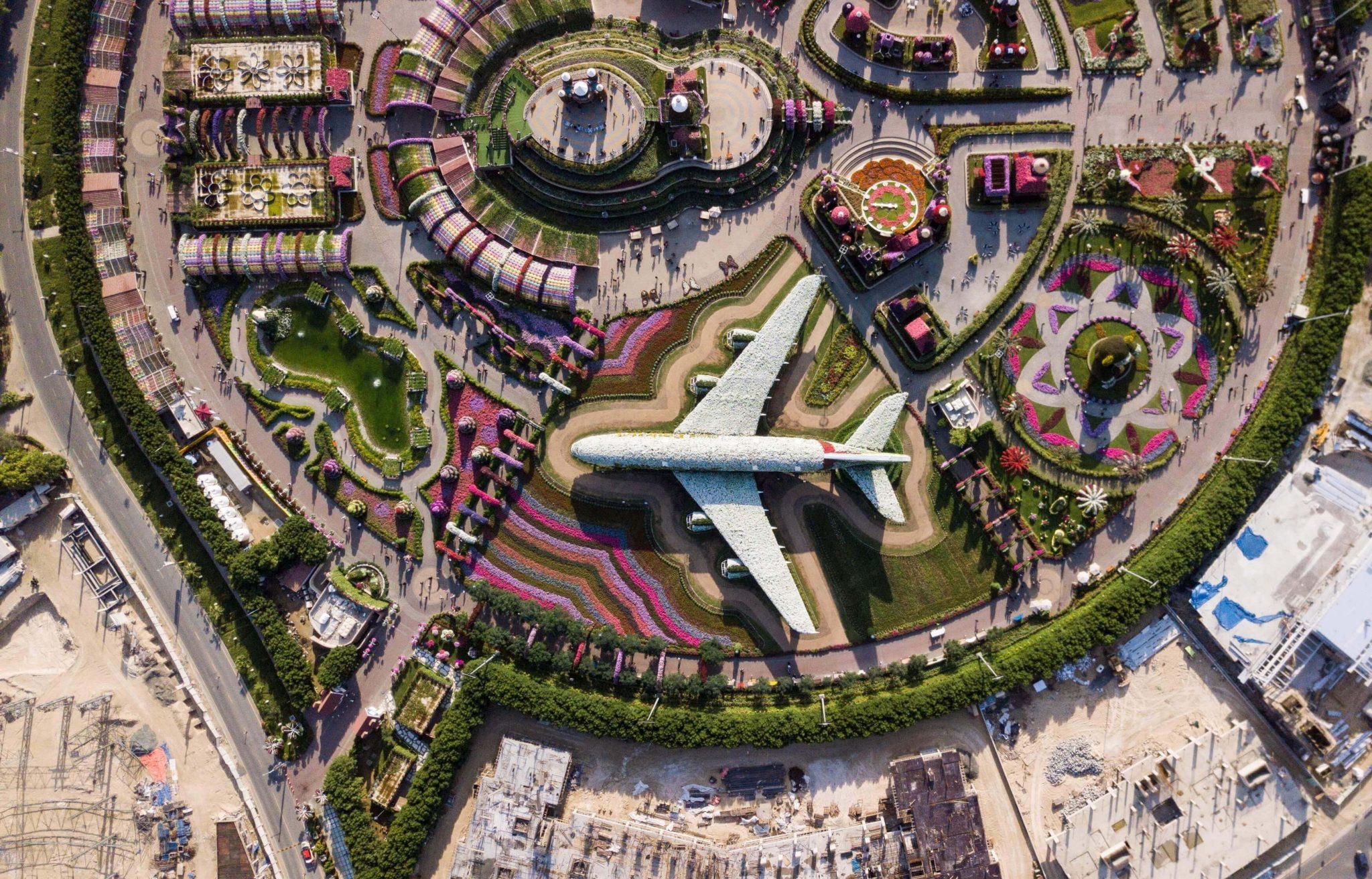Landscape Design Things To Know Before You Get This
Landscape Design Things To Know Before You Get This
Blog Article
Landscape Design Fundamentals Explained
Table of ContentsAn Unbiased View of Landscape DesignSome Known Details About Landscape Design Top Guidelines Of Landscape Design4 Simple Techniques For Landscape Design
When developing a residential landscape, the most crucial action is to put an intend on paper. Establishing a master plan will conserve you money and time and is more probable to lead to a successful design. Landscape Design. A plan of attack is developed with the 'layout procedure': a step-by-step method that considers the ecological conditions, your wishes, and the components and principles of designThe 5 steps of the design process consist of: 1) conducting a site stock and evaluation, 2) establishing your requirements, 3) producing practical diagrams, 4) developing theoretical layout plans, and 5) attracting a final design plan. The very first three actions develop the visual, functional, and horticultural demands for the style. The last 2 steps after that apply those requirements to the production of the last landscape plan.
This is an essential action for both plant selection and positioning and locating family activities and features. It is necessary since the exact same climate conditions that influence the plantstemperature, humidity, rainfall, wind, and sunlightalso affect you, the customer. The next action is to make a listing of your demands and desiresthis aids you establish just how your yard and landscape will certainly be used.
The useful representation is after that used to locate the activity rooms on the site and from this representation a theoretical strategy is established - Landscape Design. The last action is a final style that consists of all the hardscape and growing details that are required for installment. Throughout the design process there are ten crucial things to take into consideration: for plant option and activity place by considering what you desire and need to help determine forms and arrange rooms by marking task areas and linking with aspects for both the setting and the customer by making use of massing and layering techniques such as change areas and prime focus in the materials, the colors, and the surface appearances for the development and maintenance of plants by using sustainable layout techniques A detailed inventory and evaluation of the site is very important to establish the ecological conditions for plant growth and the best use of the site
Fascination About Landscape Design
It is always best to use plants that will thrive in the existing soil. Where plants grow well, keep in mind the soil problems and make use of plants with comparable expanding needs.

Sun/shade patterns, the quantity and length of direct exposure to sun or color (Number 1), create microclimates (occasionally called microhabitats). Recording website problems and existing vegetation on a base map will reveal the area of microclimates in the lawn. Plants generally fall right into a couple of of 4 microclimate categories-full sun, partial shade, color, and deep color.
Energies such as power lines, septic containers, below ground energies and roofing system overhangs figure out plant location. Make use of a property surveyor's plat of your home for the limits and area of your home.
9 Easy Facts About Landscape Design Shown
Spending plan issues consist my sources of the materials, preliminary installation prices and the on-going upkeep costs. Figure out the moment and money you want to take into keeping the plants and hardscape-be practical concerning your intents and ability. Figure 3. Existing use locations. Credit History: Gail Hansen, UF/IFAS Figure 4. Suggested usage areas. Credit: Gail Hansen, UF/IFAS There are lots of different landscape layout motifs- from simple to complex, but it is practical to pick one to assist your plant and product option.

Determine if you want to open your yard, close your yard, or a little of both, to these sights. Simply put, do you want the yard to confine the area around you and relate mostly to your home, or do you desire the yard to open views and look outward, connecting to the surroundings? This will provide you a starting factor to think about a motif.
All about Landscape Design

Every yard needs to have a form motif, however not all yards have a style motif. Numerous residential yards have no particular style other than to mix with the residence by repeating details from the design such as products, color, and type.
In a type motif the company and form of the rooms in the backyard is based either on the shape of your house, the form of the areas between the house and the property boundaries, or a favorite shape of the house owner. The kind motif establishes the form and organization (the format) of the areas and the links between them.

Report this page